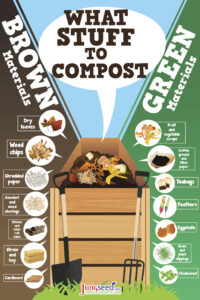
Savvy gardeners know, the key to a great garden is healthy soil. Done correctly, compost is the magic potion that provides gardens with nutrients and valuable microorganisms. It makes it easier for soil to accept and retain water, helps stabilize soil pH, and can even protect plants against some pests and diseases. When compost is sometimes referred to as “garden gold” or “black gold”, it’s no exaggeration.
Nature makes compost all the time – it is a natural method of recycling created by bacteria and other soil-borne organisms as they break down organic matter. Walkthrough any forest floor and scrape or kick up the surface with your boot and you’ll find rich layers of this type of nature’s compost. When you create a compost pile, you are simply controlling and speeding up the process performed by mother nature.
Cold vs Hot Composting
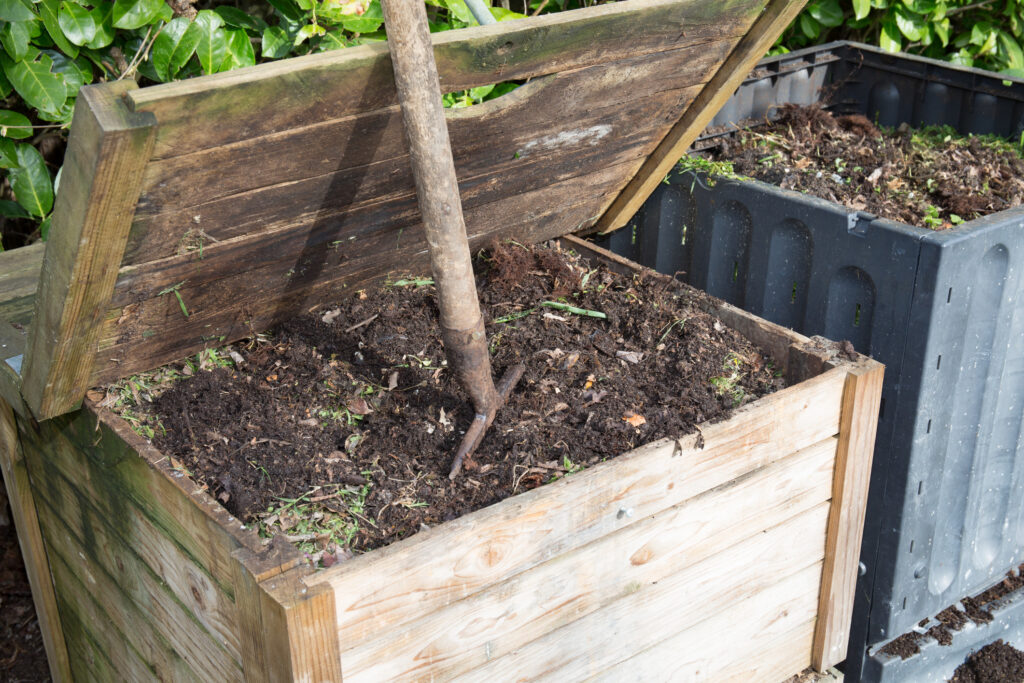
Cold Composting
Composting doesn’t have to be complicated. If you have even a small space, it can just be a pile in a remote corner of the yard. This is often referred to as “cold composting”. Cold compost piles take longer to break down but are ideal for recycling small, steady amounts of organic material. Once in awhile the pile should be turned, bringing the materials from the middle and bottom to the outside and top. In dry climates. watering this kind of pile occasionally may be necessary. If you are composting kitchen scraps, which is helpful, take the time to bury those in the center of your pile to deter insects and avoid stink that attracts local critters. It will typically take a year or more to get finished compost with this method.
Hot Composting
A faster and more thorough method is referred to as “hot composting”. A hot compost pile is made up all at one time and allowed to compost completely without adding additional material. A compost ‘bin’ or containment vessel of some sort is used for hot composting. The bin confines the organic material in a small space, trapping heat generated during the composting process. The more the heat builds up, the faster the composting process occurs. Keep reading for suggestions and ideas for creating a compost bin.
What Materials Should I Use For Composting?

Compost materials should include a mix of brown organic debris such as straw, hay, leaves, and dead plants along with ‘greens’ such as grass clippings, kitchen scraps, and green plant clippings. Generally, a balance of 30 parts ‘browns’ (for carbon) to 1 part ‘greens’ (for nitrogen) is optimum. The composting breakdown process can be “kick-started” by applying an activator or accelerator like ammonium nitrate fertilizer or Milorganite®, which is a good source of slow-release fertilizer.
Using a compost thermometer will help monitor the temperature of the compost and let you know when the pile should be turned or needs moisture. A compost aerator helps fluff the compost material and moves it from the inside of the pile to the outer edges. Otherwise, use a garden fork or a simple rake and shovel will suffice.
What Stuff To Compost Guide
Click to Enlarge
Composting Bins
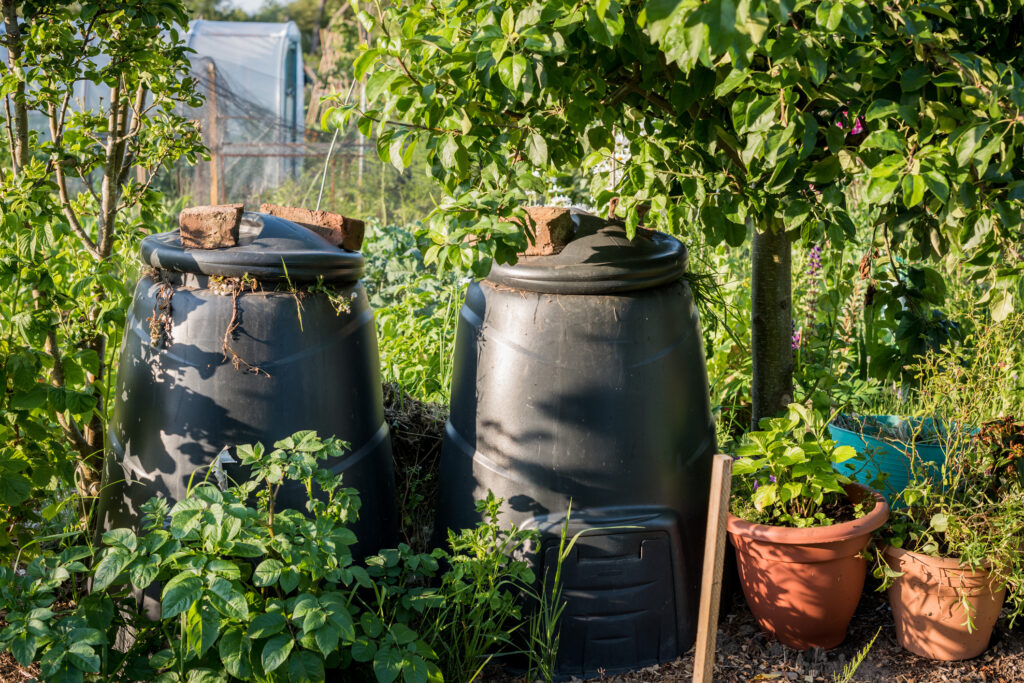
Purchased, heavy plastic composters are ideal for collecting kitchen waste and garden trimmings. They make the composting process easy and fun. At the same time, while helping you to keep the yard tidy. They are completely enclosed to keep rodents out but have convenient access doors for adding organic matter or retrieving finished compost. Their color is usually dark green or black in order to passively build heat, thus raising the interior temperature for faster composting.
However, a bin does not have to be complicated or expensive. Bins can be fashioned out of many everyday items, like old pallets, wood picket fencing panels, wire baskets, even trash cans with sizeable holes drilled randomly through can work. Use your imagination.
The most important aspects of creating your compost bin are containment, air-circulation, and accessibility. You must be able to stir the compost and eventually retrieve it easily for use in the garden.
What Not To Compost
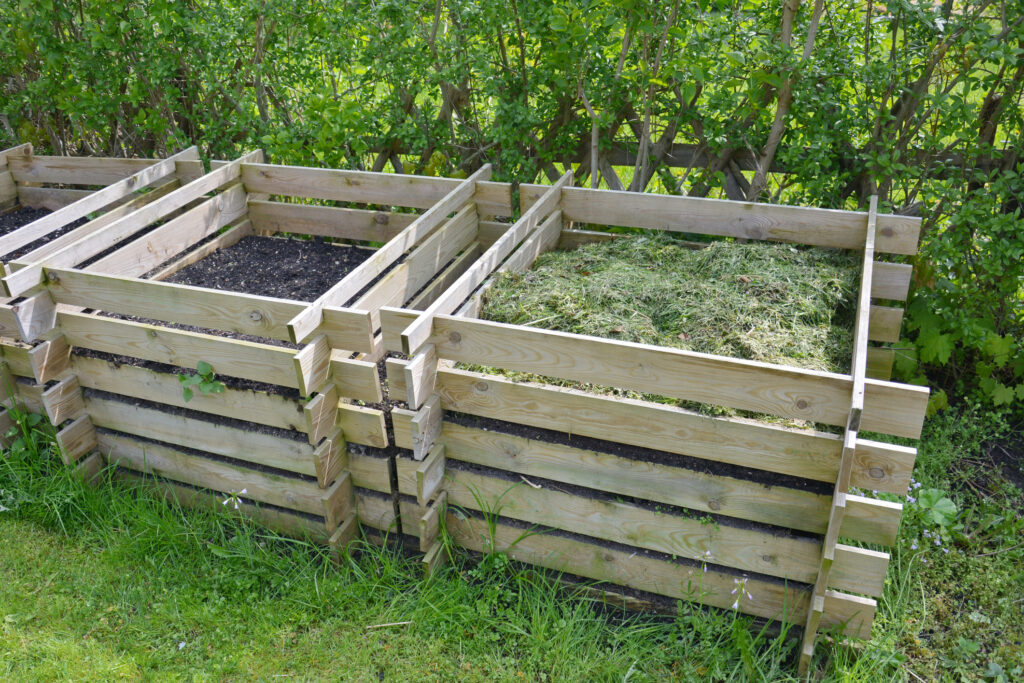
It may not need mention, but do not compost human or pet waste. And never compost diseased or potentially diseased plant material. Cold composting does not kill potentially harmful fungal or bacterial plant pathogens and hot composting may or may not depending on the interior temperatures achieved within the pile. It is not worth the risk to accidentally introduce pathogens to your garden that can cause devastating diseases.
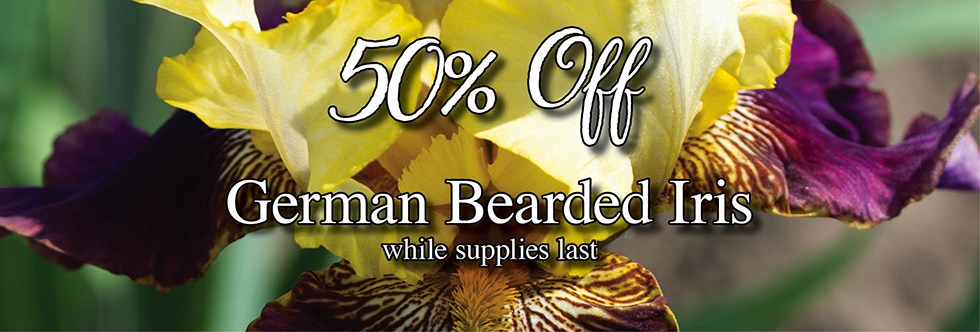
The main idea of composting is to create your own “soil factory” of “garden gold”. However you choose to do it, when finished your compost should be black, rich unrecognizable decomposed moldy, vegetable matter. In our agricultural past, it was sometimes said, “a gardener’s wealth could be determined by the size of his manure pile”. We could modernly translate this euphemism now to, “a gardener’s wealth can be determined the size of his or her compost heaps.”
Other Recommended Reading

- Fall Gardening: Using Fall Leaves In The Garden
- 4 Tips for Improving Garden Soil
- Gardening Success With Healthy Soil
- How To Prevent & Control Weeds
- A Quick Guide To Pesticides
At Jung Seed Co, we strive to be your go-to guide for all your gardening needs. Our YouTube channel The Garden Doctor by Dick Zondag is where he provides gardening tips for all levels of gardeners. When you need reliable gardening advice, turn to the trusted experts at Jung.
If you are in the Wisconsin area, please visit us at one of our Jung Garden Center locations for all your gardening needs. Otherwise, you can browse our website. To receive info on new products, exclusive deals, and specials, be sure to sign up for our weekly email. Join our Facebook page, to discuss all things gardening!

